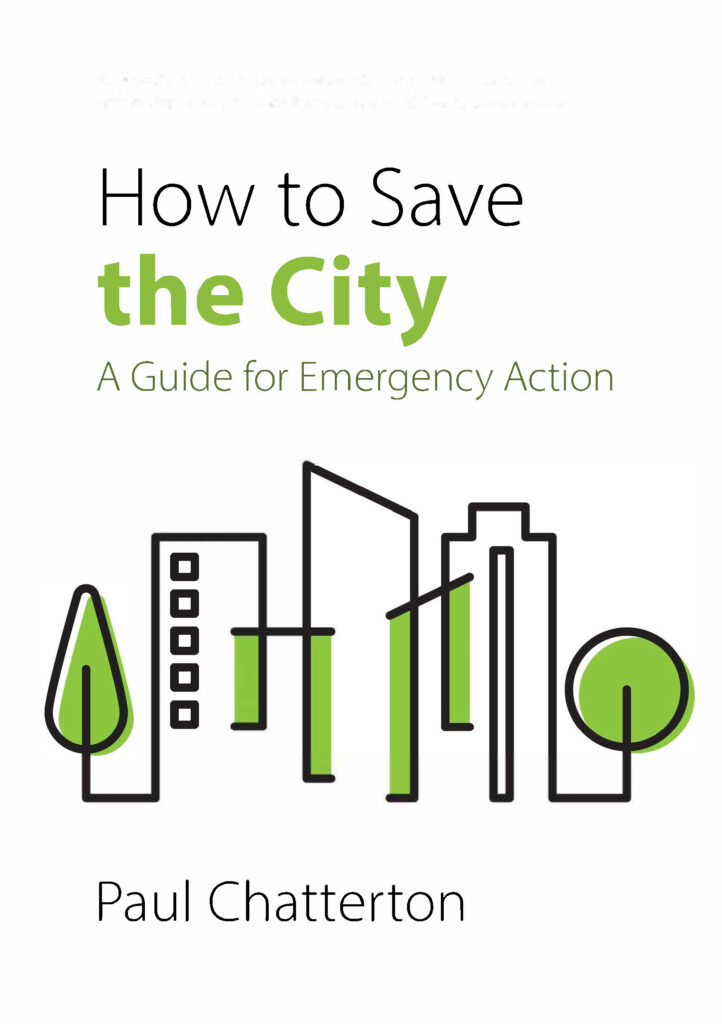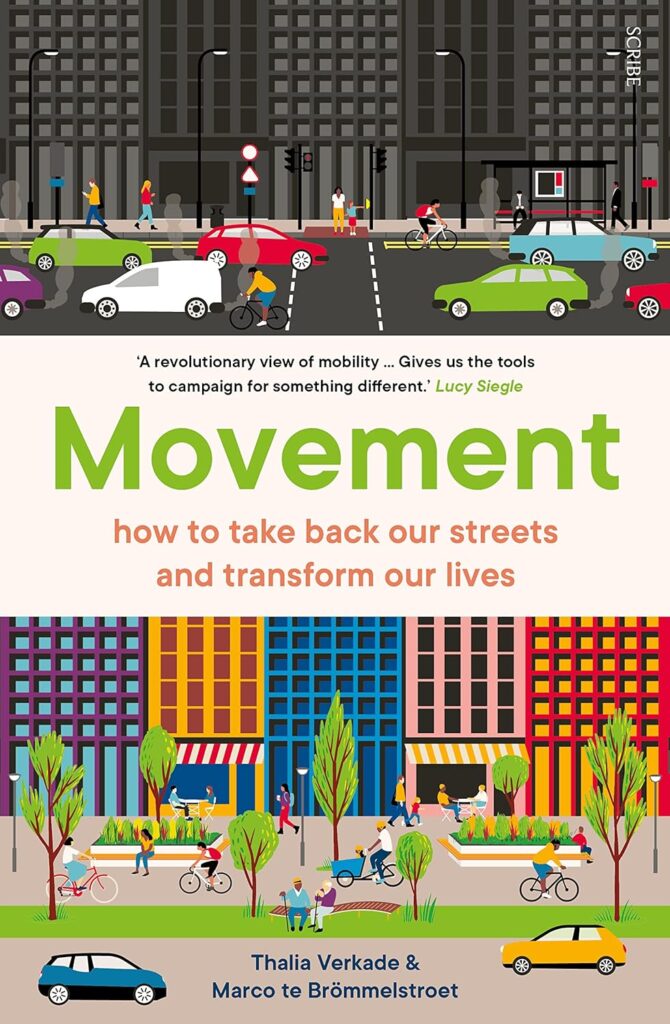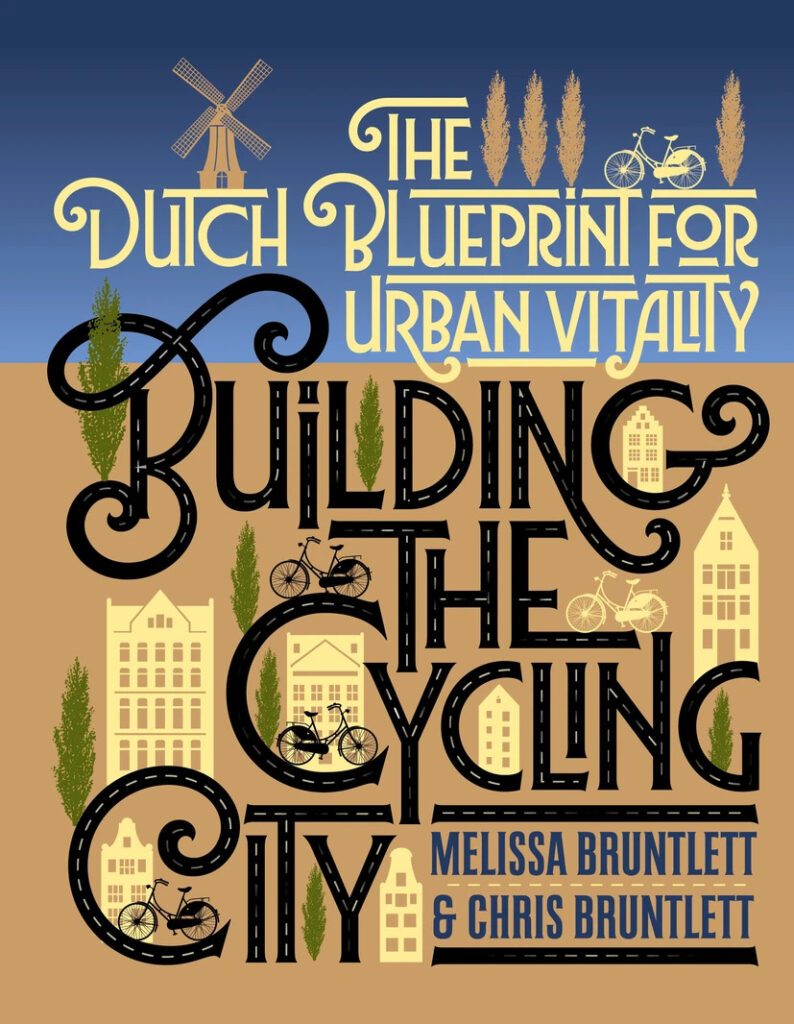
What is it about?
Interactions fuel innovation. Innovation is essential, especially given the multitude of interconnected challenges that face society. This is the basic message of Stephanie Akkaoui Hughes’s book ‘Architecting Interactions’. The text outlines why interactions matter and how spaces should be designed to allow meaningful interactions to take place.
It is worth noting that this book is not directly about cities, urbanism or bicycles. By trade, the author is an architect who, after several years of work, became disillusioned with the industry’s approach to the planning and design of buildings. Akkaoui Hughes takes issue with the way in which architectural design primarily pursues artistic vision, divorced from the basic function required of the space. This approach is ignorant to what buildings should serve – the people within their walls. Driven by this belief, the author started her own architecture firm that does things differently. The book is something of a manifesto laying out her, and by extension, her companies’ ethos, which focuses on creating tailor made spaces, fit for the interactions that might take place there. A cynical take may see the 103-page book as a longwinded piece of marketing, but there is more to it than that.
So how has this book found its way to the pages of this website? Broadly speaking, what unites the words of this book and the interests of the Urban Cycling Institute is a shared malaise with the way particular aspects of society currently work. There is a common sense that many of the systems around us are based on logics that value the wrong things. People have been forgotten.
In this light, the central critique lodged against architecture is applicable: the way buildings are designed is not fit for purpose; they no longer serve the most important piece of the puzzle. The first section of the book builds this argument skilfully and there is much to reflect on when considering the places we inhabit and the priority given to certain ways we move around. Look at most cities around the world and it does not take long to notice that life and mobility, on a human scale, have long been placed secondary to the flows of motorised traffic.
Which leads to another reason why this book matters. Akkaoui Hughes firmly believes in the power of interactions. She views them as occurrences that are fundamental to innovation and collective problem-solving. This viewpoint can be useful when thinking about cities and mobility. The eye contact, body language and perception required to successfully navigate a junction on bicycles is an interaction, often imperfect and improvised, but well-functioning. When spaces in cities encourage people to come to together in open, safe and equitable ways, meaningful interaction and exchange can take place, challenging assumptions and strengthening communities. Whether kicking a football around, catching up with friends, listening to a busker or simply ‘hanging-out’, public spaces are perfect places for the types of interactions that are firmly defended in this book.
What approach does it take?
Early in the text, the author explains how the arguments of the book resonate with people from a variety of backgrounds and professions – which in this case has been proven correct. Each can apply some of the central tenets in their own way. That the arguments are a working progress, unfinished, to be built upon by its readers, is a point repeatedly made. Here lies the value of the text: take what you need and apply it how you see fit. This may be due to the brief nature of the book, lacking specificity, but if you see challenges that require collective innovation to address, and interactions to solve, this book will be an interesting read.



